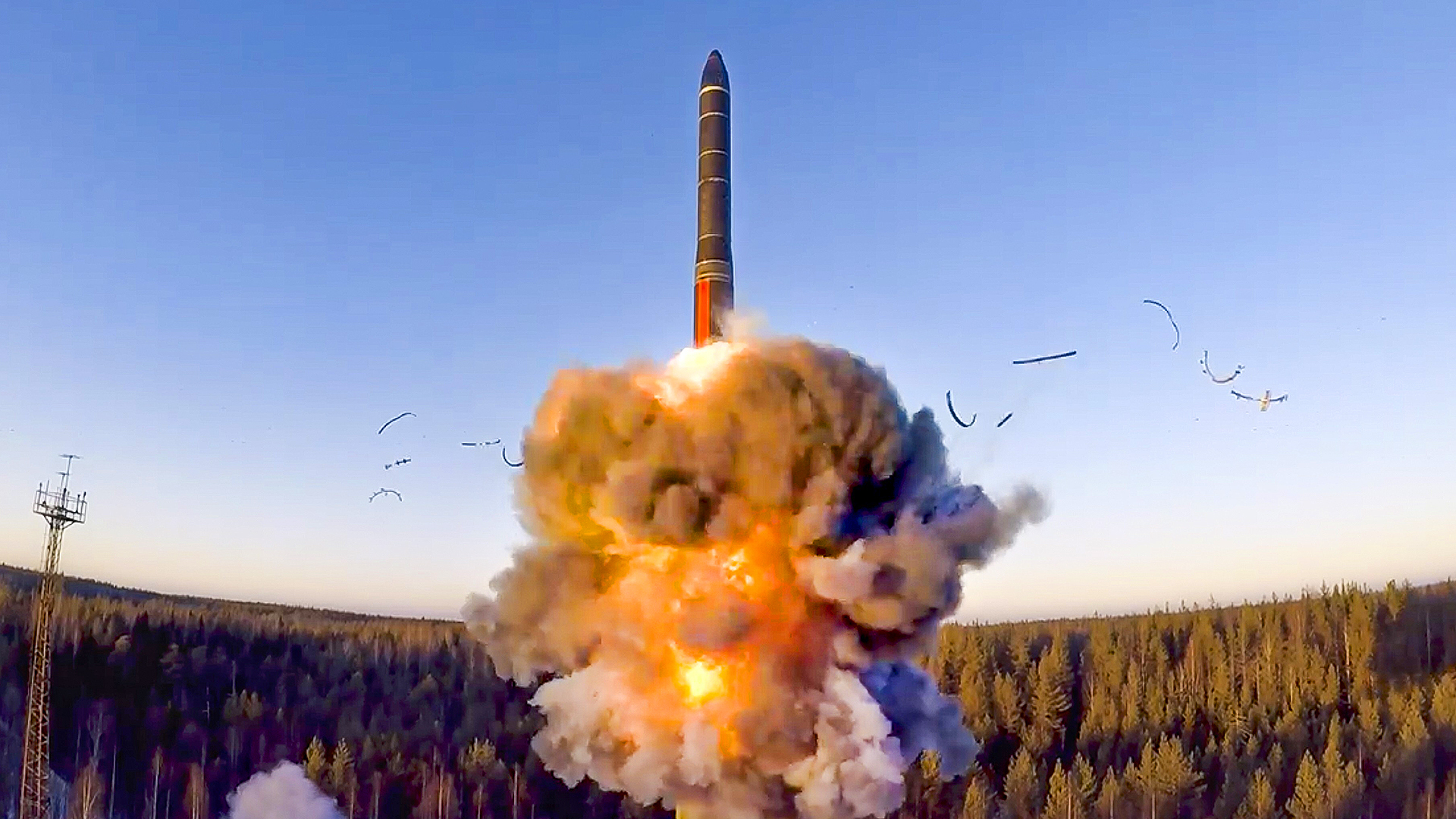Russian President Vladimir Putin is once again raising the specter of using nuclear weapons in Ukraine.
The Russian leader is mulling the idea of adding the potential of a preventative nuclear first strike to his nation’s military doctrine, according to Bloomberg.
“We’re thinking about this,” Putin told reporters after a summit in Kyrgyzstan. “If we are talking about a disarming strike, perhaps we should think about using the approaches of our American partners,” he said, citing what he called U.S. strategies to use high-accuracy missiles for a preventive strike.
Putin’s latest nuclear saber-rattle comes just days after he warned about the “increasing threat” of nuclear war, as his full-on invasion of Ukraine drags on with no apparent end in sight.
“As for the idea that Russia wouldn’t use such weapons first under any circumstances, then it means we wouldn’t be able to be the second to use them either – because the possibility to do so in case of an attack on our territory would be very limited,” he said at a meeting of Russia’s Human Rights Council at the Kremlin on Wednesday, according to CNN.
“Nevertheless, we have a strategy … namely, as a defense, we consider weapons of mass destruction, nuclear weapons – it is all based around the so-called retaliatory strike,” he said. “That is, when we are struck, we strike in response.”
Putin’s nuclear nattering apparently has not sat well with Indian Prime Minister Narendra Modi.
Seeking to distance himself from Putin’s nuclear threats, Modi canceled an annual in-person meeting, set for later this month in Delhi, Bloomberg reported, citing unidentified officials from both countries.
The Indian-Russian summits are a long-standing tradition, taking place every year since 2000 except for a COVID-created hiatus in 2020. But this is not the first time Modi has lashed out at Putin over his actions in Ukraine. In September, Modi told Putin that “now is not the time for war.”
India is far from the only country distancing itself from Putin lately as a result of the Ukraine war.
Tanks were spotted at the Almaty railway station in Kazakhstan, apparently heading west toward the border with Russia as the former Soviet republic in central Asia grows increasingly dissatisfied with Russia over the war.
“Russia is losing its influence among its neighbors and is rightly viewed as a threat,” Arman Shuraev, a public figure and professional journalist from Kazakhstan, tweeted Friday, in response to implied threats of Russian military action against Kazakhstan.
But Russia still has some friends.
️Russian Defense Minister Army General Sergey Shoigu on Friday discussed international security issues with Brig. Gen. Aziz Nasirzadeh, First Deputy Chief of General Staff of the Armed Forces of the Islamic Republic of Iran, the Russian Defense Ministry (MOD) reported on its Telegram channel.
The discussions took place on the margins of a bilateral working meeting of the defense ministers of the Shanghai Cooperation Organization (SCO) and the Commonwealth of Independent States (CIS) member states in Moscow.
“Today’s meeting was very useful,” Shoigu told his Iranian counterpart. “The topics we discussed are urgent for ensuring security in our regions today. I listened very carefully to your presentation, very informative and constructive.”
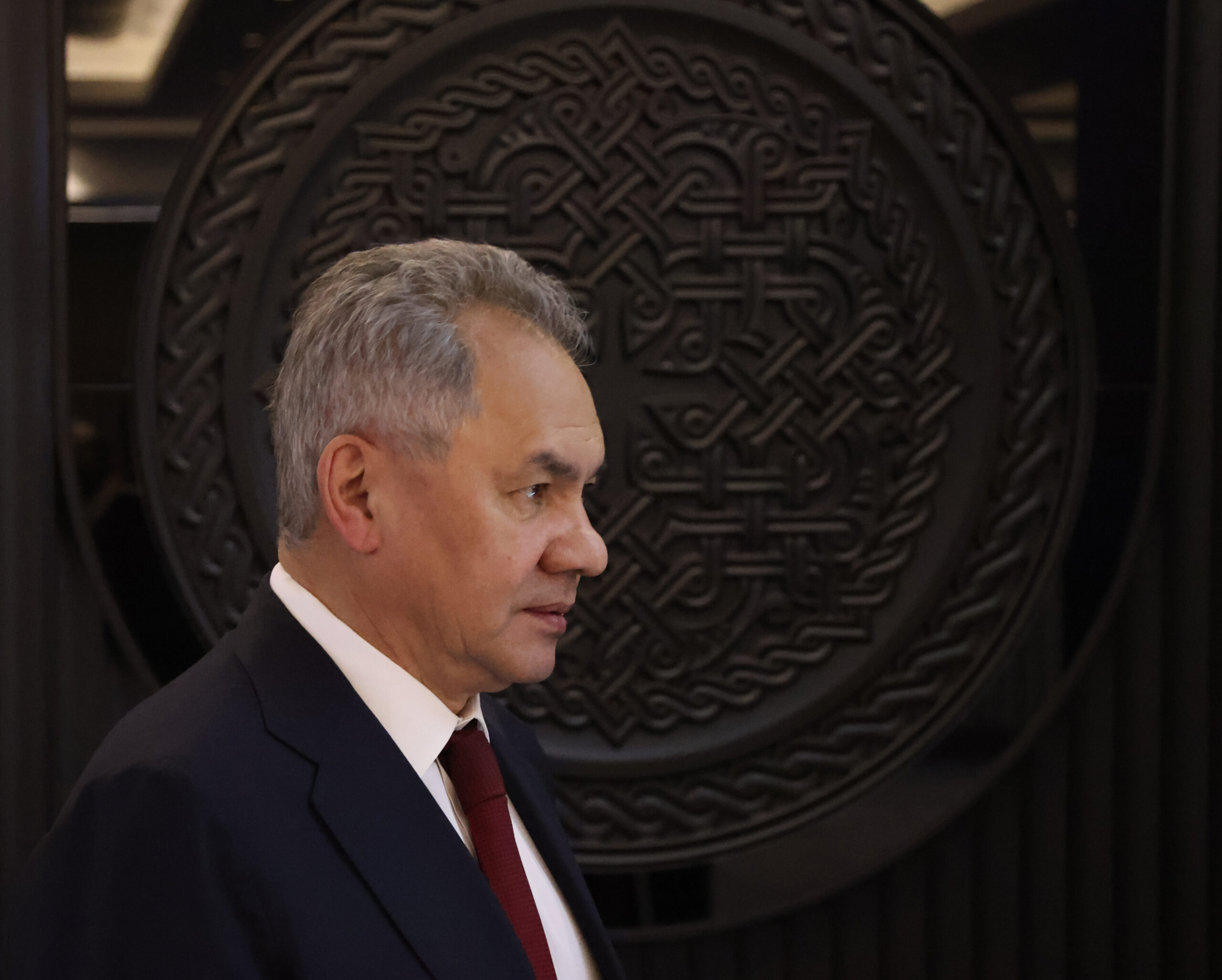
Nasirzadeh thanked Shoigu.
“For the Iranian government, the country’s spiritual leader, president and military officials, relations with Russia are very important,” he stressed.
Chinese Defense Minister Colonel-General Wei Fenghe also addressed the SCO and CIS military delegations via video-conference, “and thanked the Russian side for the invitation and conveyed his views on the current international and regional security situation to the participants.”
Of course, if things continue to go south for Putin and his allies, there may be an exit plan in the works.
Abbas Gallyamov, a former speechwriter for Putin, “made the astounding claim on Telegram early Wednesday,” citing an unnamed source with “insider information,” according to the Daily Beast.
The evacuation plan, which would reportedly be to Venezuela, was unofficially dubbed “Noah’s Ark.”
“As the name implies, it’s about a search for new land to go to in case it becomes completely uncomfortable in the homeland. The leader’s entourage has not ruled out that he will lose the war, be stripped of power, and have to urgently evacuate somewhere,” Gallyamov wrote.
His claim remains unverified at this time.
The Latest
While there is death and destruction taking place across south and east Ukraine, most of the fighting is centered in the Donbas, with some additional probing and fixing efforts by Russian troops in the Kherson and Kharkiv oblasts. The Russians are continuing their offensive around Bakhmut and the Aviidivka-Donetsk City areas of Donetsk Oblast. And both sides continue to trade territory in the area along the P-66 Highway in Luhansk running from Svatove to Kreminna.
Russian troops “have intensified the efforts they have already made in the … Donetsk and Luhansk regions,” said Advisor to the Office of the President Alexei Arestovich in a conversation with Russian human rights activist Mark Feygin, according to the Odessa Journal. “The Donetsk front … especially. Well, and this activity on the Big Potemkin Island opposite Kherson. Once again, striking my imagination with the ‘talent’ of the Russian command, they are in the phase of an attempt to conduct offensive operations,” Arestovich explained.
Ukrainian Armed Forces, he added, are now on the defensive.
“Accordingly, we don’t advance anywhere,” said Arestovich. “We defend ourselves, happily burning through the enemy’s infantry, equipment, and everything else in those areas where they are trying to attack. It is clear that the soldiers are not very fun on the spot. In general, they put pressure, and we fight back.”
Here are some key takeaways from the latest Institute for the Study of War assessment:
- German Chancellor Olaf Scholz stated that the risk of Russian nuclear escalation is low.
- Chairman of the Joint Chief of Staff General Mark Milley stated that fighting may intensify in Ukraine during the winter.
- The Kremlin has likely not abandoned its maximalist goals in Ukraine despite Dmitry Pskov’s comments on Russian territorial objectives.
- The Kremlin’s Western-orientated messaging continues to anger the pro-war milblogger community.
- Russian President Vladimir Putin may be distancing his rhetoric from nationalists’ unrealistic demands for the Russian war in Ukraine.
- A senior Kremlin official admitted that the Kremlin tolerates criticism from the pro-war milblogger community out of a desire to appeal to the wider nationalist community.
- Ukrainian officials stated that Russian forces further militarized the Zaporizhzhia Nuclear Power Plant (ZNPP).
- Russian forces reinforced positions near Svatove and conducted counterattacks near Kreminna amid continued Ukrainian counteroffensive operations in eastern Ukraine.
- Russian forces continued offensive operations in the Bakhmut and Avdiivka–Donetsk City areas.
- A Russian government official implied that Putin’s word is law when it comes to the military mobilization of Russian citizens.
- Russian occupation officials increased security measures in Russian-occupied territories in Ukraine.
The Pentagon on Friday announced yet another Presidential Drawdown authorization of security assistance for Ukraine. This package, valued at up to $275 million, is the Biden administration’s 27th such dispersal of equipment from DoD inventories for Ukraine since August 2021.
Capabilities in this package include:
· Additional ammunition for High Mobility Artillery Rocket Systems (HIMARS);
· 80,000 155mm artillery rounds;
· Counter-Unmanned Aerial Systems equipment;
· Counter air defense capability;
· High Mobility Multipurpose Wheeled Vehicles (HMMWVs) ambulances and medical equipment;
· Approximately 150 generators;
· Field equipment.
The Pentagon’s announcement did not include details about what counter-unmanned aerial systems or counter air defense capabilities are included. We reached out to the Pentagon for clarification and will update this with any details provided.
In total, the United States has committed $20 billion in security assistance to Ukraine since the beginning of the Biden Administration. Since 2014, the United States has committed approximately $22.1 billion in security assistance to Ukraine and more than $19.3 billion since the beginning of Russia’s all-out war on Ukraine.
Despite this ongoing support, Russian propagandists are trying to convince their audiences that American resolve to continue supporting Ukraine is waning.
A Ukrainian official on Friday morning reported that a Russian training base near the occupied city of Mariupol came under attack Thursday.
Residents reported “the sounds of 💣arrivals💣 in the area of the Russian training ground,” Petro Andryushchenko, an advisor to the mayor of Mariupol, reported on his Telegram channel Friday. “Near the village. Houses felt the detonation.”
The War Zone could not independently verify those claims.
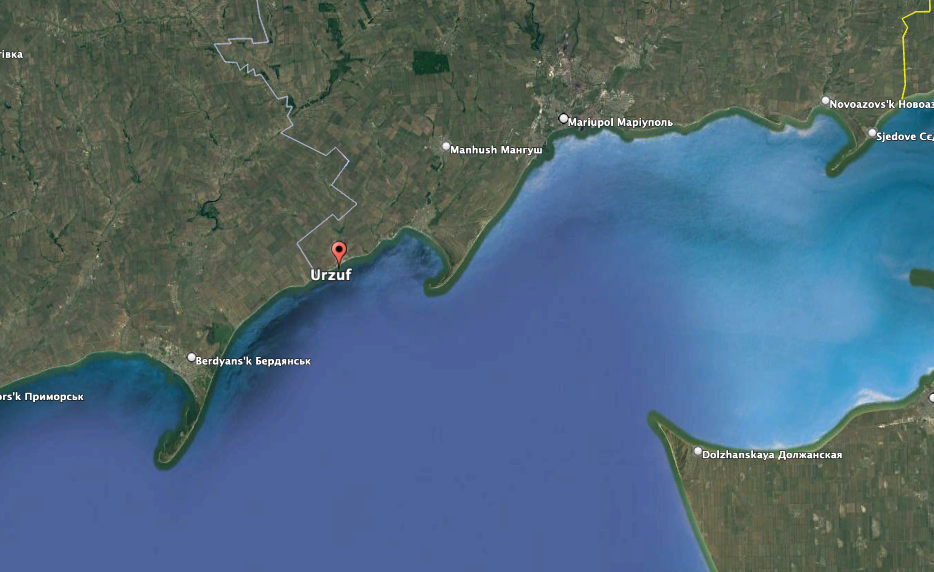
The Russian siege of Mariupol during the early phase of this conflict devastated the historic Sea of Azov port city. A documentary of that siege and the Ukrainian journalists working to cover it – 20 Days In Mariupol – will make its world premiere at the Sundance Film Festival in January and will be featured in the festival’s World Cinema documentary competition.
But for the residents, the suffering is ongoing, said Andryushchenko, the Mariupol mayoral advisor.
“These are not archival photos,” he wrote on his Telegram channel. “This is not March under Russian bombs. This is not April with destroyed infrastructure. It is not May since the beginning of full control of the city by the occupiers. This is December. Six months of complete and total control by Russia. People still cook outside. People again began to heat their apartments with firewood in self-made stoves. People still live in ruins. Without elementary conditions for life. Russia is a country that can only kill. Destroy. Steal. Rage. Just Rage.”
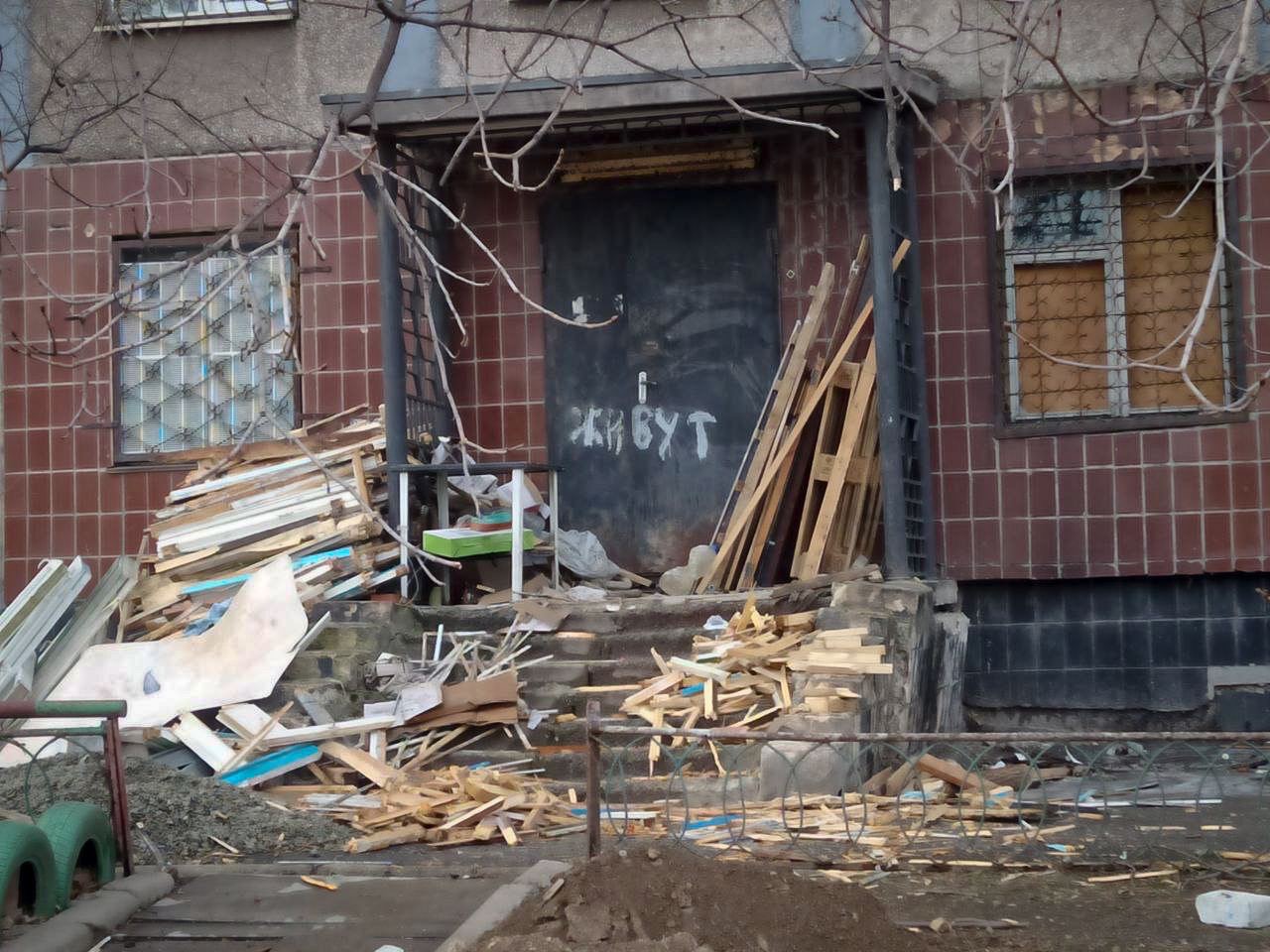
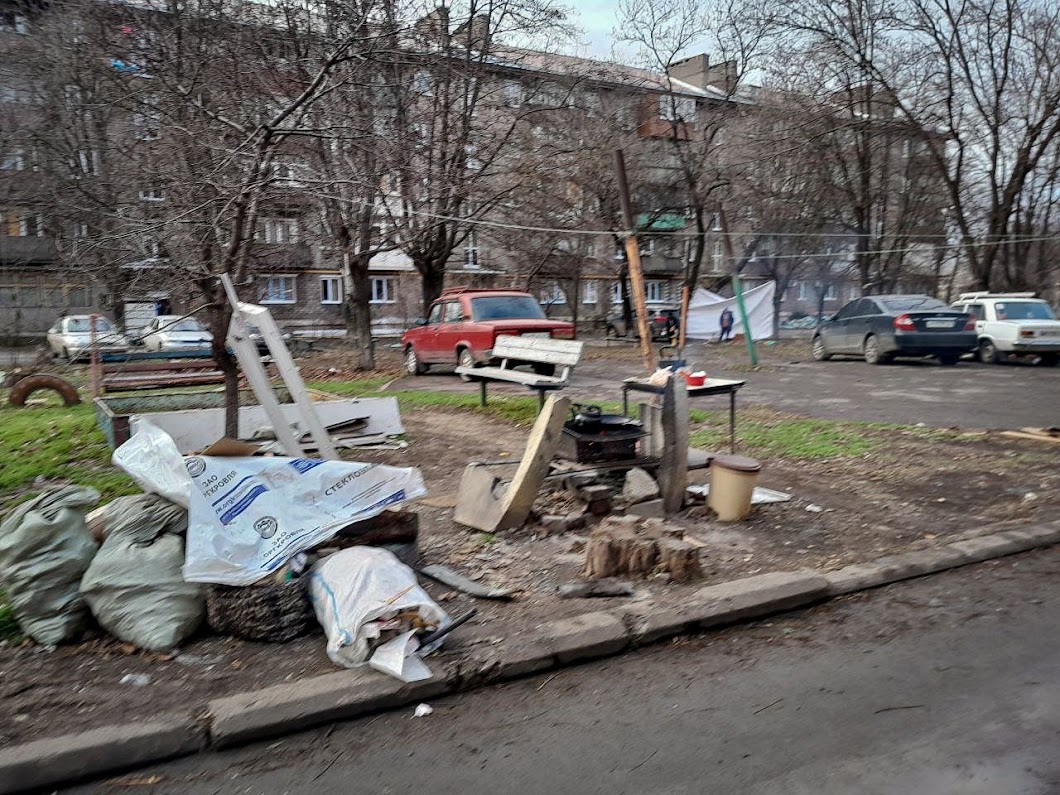
The residents of Mariupol aren’t the only ones suffering. After more than nine months of all-out war, a huge swath of Ukraine is contaminated with explosives, Meri Akopyan, Deputy Minister of Internal Affairs of Ukraine, told reporters Friday at the Ukrainian Media Center.
“About 174,000 square kilometers of the territory of Ukraine today remain contaminated (with explosives), according to the analysis and assessments of our experts,” she said. “This is approximately 30% of our territories. The territory of the contaminated part of Ukraine today equals four Switzerlands. This is very telling and clearly conveys the real situation with which we are working. We set a very ambitious goal to clean all these areas within 10 years. This seems like a lot, but for these types of work it is very little. The main thing we are working on today is strengthening our ability to move at such a pace.”
Drilling down to one community, Vlad Sokolov, a Ukrainian emergency services worker, says that there are “hundreds, maybe thousands” of unexploded cluster munitions in the village of Posad Pokrovske in Kherson Oblast. Sokolov in a tweet warned residents to stay away from the munitions, which are scattered throughout the area.
Ukraine, meanwhile, is apparently seeking cluster munitions of its own.
Earlier this week, CNN reported that Ukrainian officials have asked the Biden administration and Congress to provide those munitions, a query the administration reportedly did not reject outright.
“Ukrainian officials and lawmakers have in recent months urged the Biden administration and members of Congress to provide the Ukrainian military with cluster munition warheads, weapons that are banned by more than 100 countries but that Russia continues to use to devastating effect inside Ukraine,” CNN reported. “The Ukrainian request for the cluster munitions, which was described to CNN by multiple US and Ukrainian officials, is one of the most controversial requests the Ukrainians have made to the US since the war began in February.”
“What’s old is new again” could be one mantra for the Ukrainian approach to this conflict.
For instance, the Ukraine Weapons Tracker OSINT group shared the first video of Ukrainian troops training with recently delivered M-55S tanks, of which 28 were donated by Slovenia. They are deeply modernized versions, with new 105mm L7 guns, explosive reactive armor and digital ballistic computers among other improvements.
And once again, Ukraine is making good use of “repurposed” Russian armor that it captured, in this case a “rather rare modernized” BRM-1K reconnaissance vehicle. Check out the video below to see, and especially hear it.
Russian frustrations may be boiling over, as this interaction between two of Putin’s soldiers, captured on video by a Ukrainian drone, apparently shows.
But the horror of war may have gotten to one Russian soldier, who apparently just laid still waiting for the end, delivered by a munition dropped from a Ukrainian drone.
Russian armor remains a big target, as this Russian infantry fighting vehicle is seen being destroyed by a Ukrainian anti-tank missile.
And another Russian T-80BV tank apparently got taken out by an anti-tank guided missile (ATGM).
Meanwhile, the aftermath of one engagement captured on video highlights the brutal nature of war.
And finally, back across the border, more images of bavovna – the Ukrainian word for cotton which has morphed into a colloquial term for mysterious explosions in Russia – emerged on social media.
Like this fire at a major Moscow mall.
And this tire factory in Barnaul.
That’s it for now.
We will update this story if there is anything major to add until our next new update is posted.
Contact the author: howard@thewarzone.com
